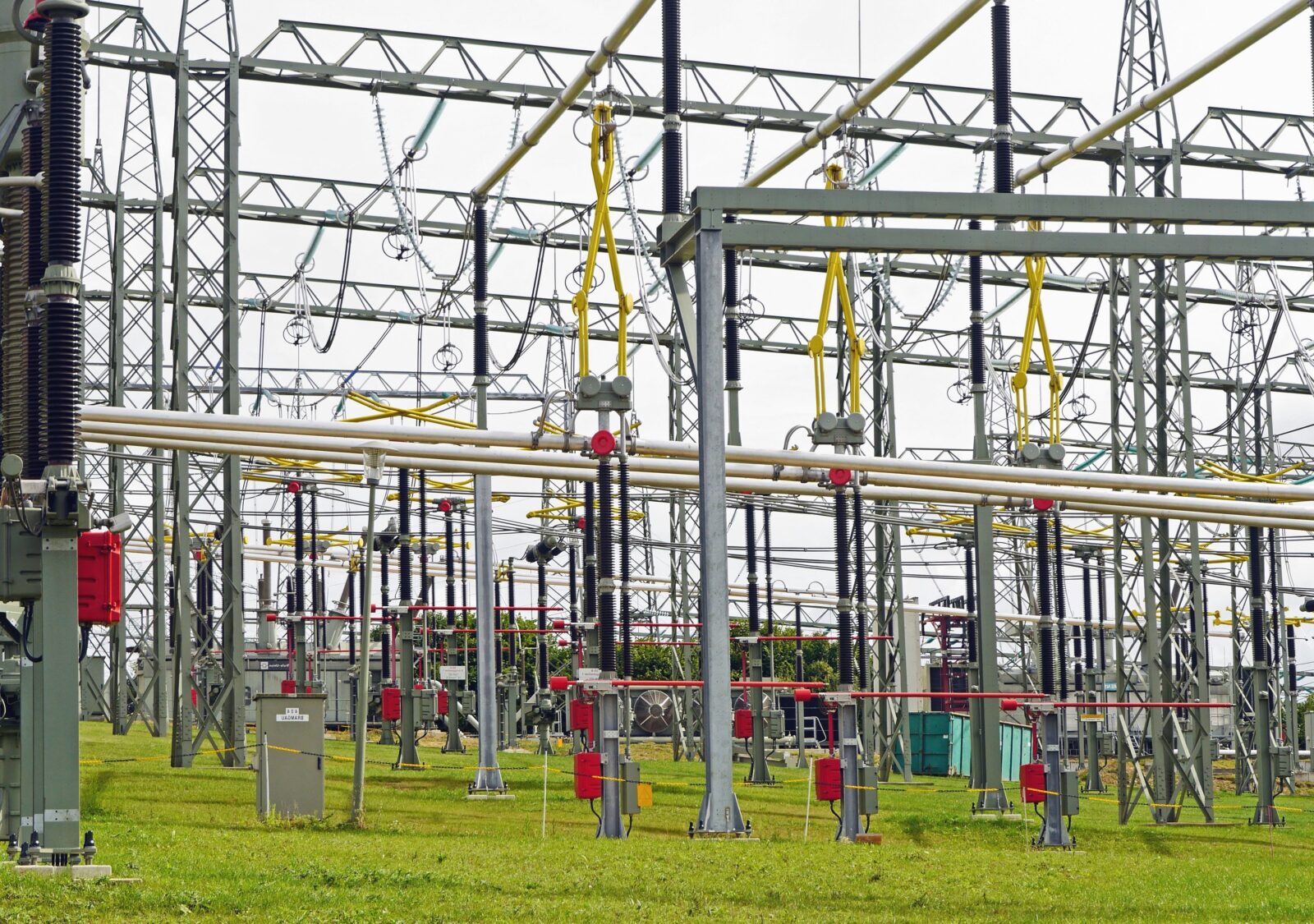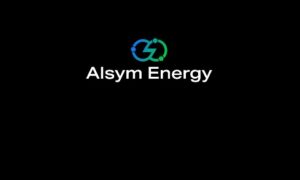
Before 2020, battery powered grid storage was not widespread, with installations topping out under a gigawatt annually. Then in 2022, the U.S. federal government pledged to add 5.4 gigawatts of power over the course of one year. According to Jason Burwen, Vice President of Energy Storage at the American Clean Power Association and a designer of energy policies, this is “a bonkers rate of acceleration,” and indicates battery-driven electricity storage will soon be a major factor in the power grid.
Unfortunately, the lithium-ion batteries used in most grid storage systems are expensive, inherently limited in quantity, too tightly controlled by countries in Asia, and prone to combustion. Grid storage is generally safer, cheaper, and critical for transitioning to green energy. But if we are to adopt this new paradigm on a sufficient scale, we need plentiful batteries that cost less, come without political strings, and — this is important — don’t catch fire and spew deadly toxins into the air.
The Inflation Reduction Act (IRA) of 2022 is a major factor in the demand for batteries. Tax credits — such as Section 13502 especially, the “Advanced Manufacturing Production Credit” — heavily incentivize the production and use of safe energy sources like batteries. This credit is expected to provide $30.6 billion of incentives before 2031, and will be paid out based on the amount of energy a battery produces in kilowatt-hours.
Meanwhile, demand for electric vehicles remains high, and lithium-ion battery producers in Asia may soon opt to prioritize domestic allocations rather than export to the US and Europe. According to a McKinsey report, demand for lithium-ion batteries through 2030 is expected to grow 32% annually, and E-mobility is forecasted to account for 90% of that demand at the end of the decade. With demand so high, battery producers may be able to focus exclusively on small numbers of large customers. This means less inventory on the spot markets that smaller integrators rely on to fill orders and even higher prices for the cells that are available.
As demand for lithium-ion batteries grows, so do concerns about safety. For example, in late 2022, a battery container at a PG&E power facility near Moss Landing in California caught fire. Even though the fire was contained to a single unit, the residents around the site were warned to shelter indoors in case of noxious air, as battery fires carry dangerous chemicals. Businesses had to close and an entire community shut down because of a relatively small fire caused by hazardous batteries.
Integrators and industry leaders are increasingly looking to non-lithium chemistries when purchasing batteries. Made of more plentiful materials that are not primarily controlled by Asian interests, these batteries are less expensive and much less prone to dangerous fires than their lithium-ion equivalents, while producing similar energy. This makes non-lithium batteries a much safer and more reliable investment, enabling safer and more affordable storage without the need for gigawatt-scale purchases.




